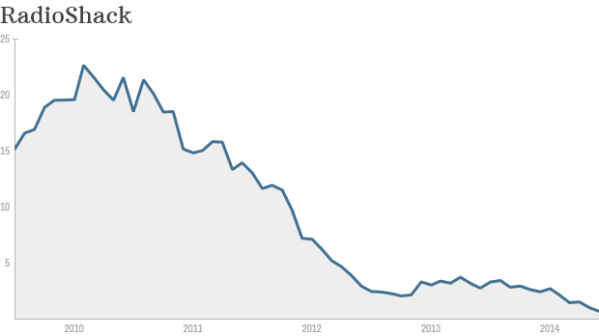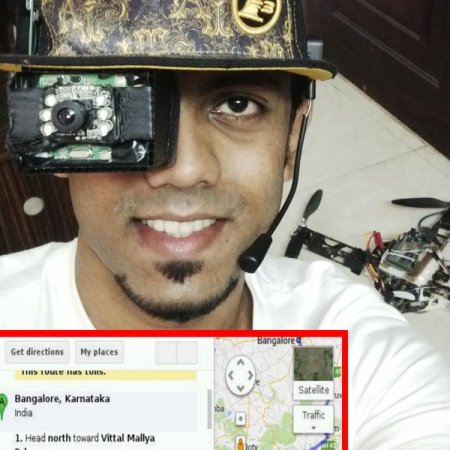
On a cool September morning just west of Sturbridge, Massachusetts, a group of MIT students launched a low-budget high altitude project that would go on to gain global attention. They revealed to the world that with a small weather balloon, a hacked camera, cheap GPS phone and a little luck, you could get pictures that rival those from the Space Shuttle. Their project set forth a torrent of hackers, students, kids and parents the world over trying to copy their success. Many succeeded. Others did not.
At 100,000 feet or about 20 miles up, it’s a brisk 60 degrees below zero. The atmosphere at this height is but a fraction of its density at sea level. Solar radiation rains down like a summer squall, and the view is just short of breathtaking. It seems so agonizingly close to space that you could just reach out and touch it. That one could almost float right on up into orbit.
Sound impossible? Think again. A little known volunteer based company operating out of California is trying to do just this.
















